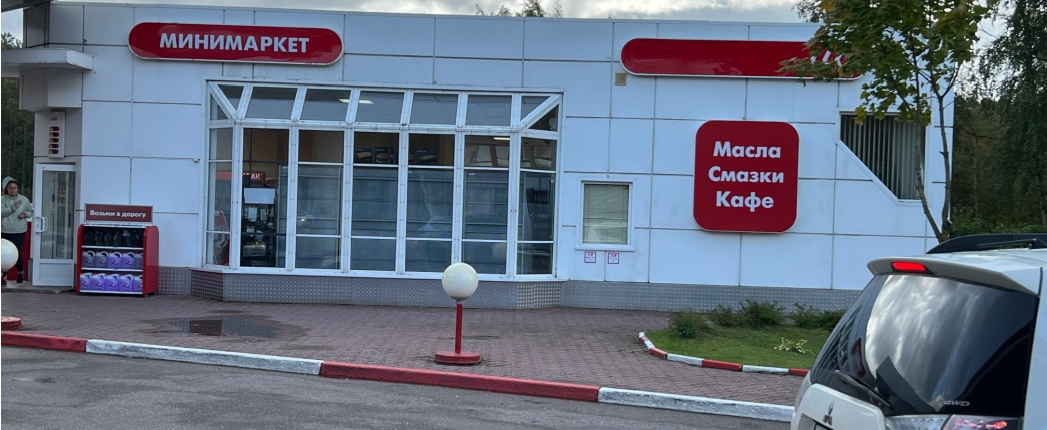
Russian lubricant demand is expected to further stagnate in 2023 at about 1.7 million tons, as automotive lube imports shrink to record low levels, an industry event heard last week.
This year, Russian passenger car lubricant demand could reach 347,000 tons, and about 163,000 tons are expected to come from imports, 6% less than in 2022.
The nation’s economy has been buffeted since Moscow invaded Ukraine last year. Western governments imposed a long list of sanctions on Russian economic sectors such as banking and energy, and many foreign businesses exited the country, including Western lubricant and additive suppliers. In response, Russia’s lube market turned inwards and to new countries, such as China, for raw materials, additive technologies and finished products.
All of that is causing Russian motor oil imports to shrink to an expected record level of 47% of the total demand in 2023, down from 53% in 2022 and 52% in 2021, according to the Moscow-based consultancy B2X.
In 2023, the country is expected to consume 1.7 million tons of finished lubricants, of which 21% could be passenger car and 37% commercial vehicle lubricants, while 42% could be industrial oils. This year, Russian passenger car lubricant demand could reach 347,000 tons and about 163,000 tons are expected to come from imports, 6% less than in 2022, according to the B2X estimates.
“The lower sales of the international companies are continuing in 2023 as well, albeit at a slower pace,” Anatoly Filatkin, managing partner of B2X, told the event. “We are expecting the appearance of new Russian and foreign brands to continue, with a shrinking share of the imports.”
The sales of new Chinese and Russian cars in the country this year are expected to grow further, with growth of the used car sales to be a record high, according to B2X.
The firm said its data aggregator Compass gets input from over 20,000 Russian companies, such as auto part stores, official and regular car service stations, supermarkets as well as filling stations, where over 200 lubricant brands are sold.
According to a Compass survey, the number of the imported brands, including those of the large international companies, in July 2021 stood at 46% of the total number of available brands, while this number slid to 31% in July 2023. For the same period, Russian independent blenders and those of the domestic integrated oil companies increased their share of brand offerings from 28% to 44%.
The survey also found that in September 2021 the top 10 motor oil products sold in 1- to 6-liter canisters were led by Shell, which held 14% of the total sales, Lukoil (12% of the sales), Mobil (8%) and Idemitsu and Castrol (5% each). Fast forwarding to September 2023, Lukoil’s products completely dominated the market with a 17% share of the total sales, followed by the Korean Zic and Kixx, Russian Sintec and Gazpromneft, as well as Shell (all of them each held a 5% share of the sales). In 2022, among motor oil products sold in the Russian market, about 35% were 5W-30 viscosity, 32% were 5W-40 and 10W-40 accounted for 27%, while 0Ws held only 5% of the market. Most of these oils were formulated under American Petroleum Institute SP and European Automobile Manufacturers Association C3 specification standards. Some of them were without any standards.